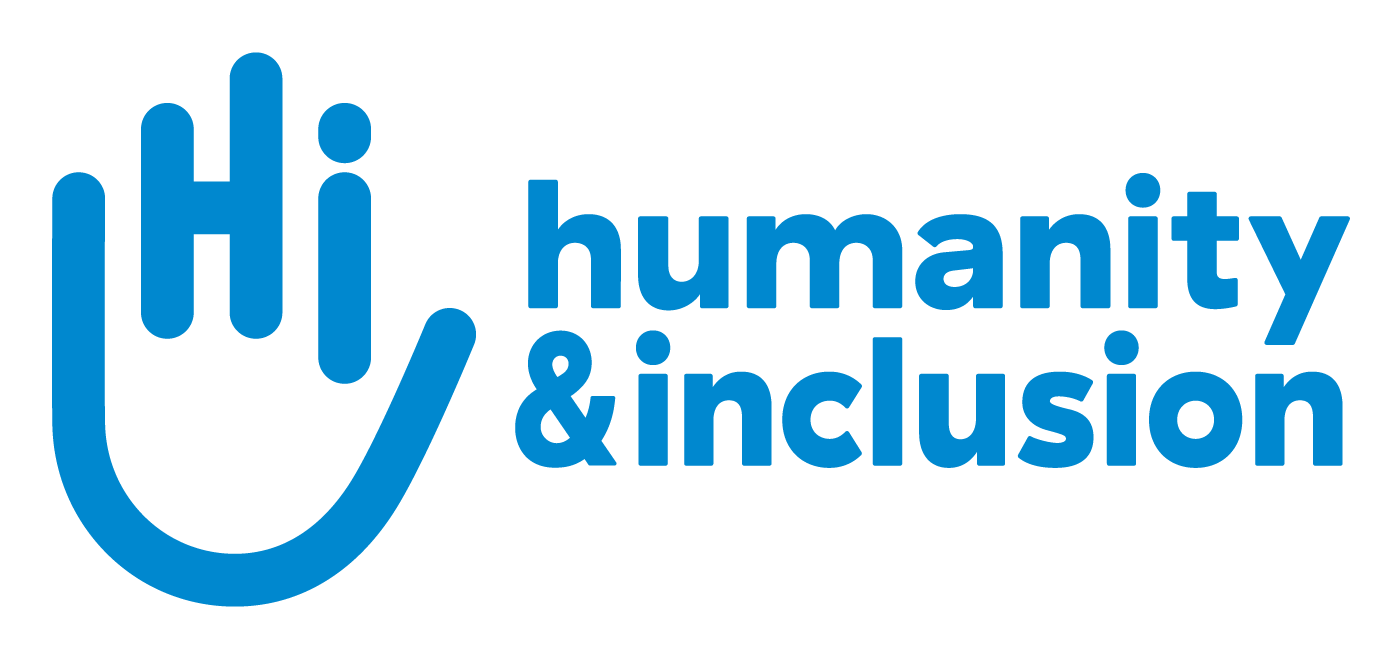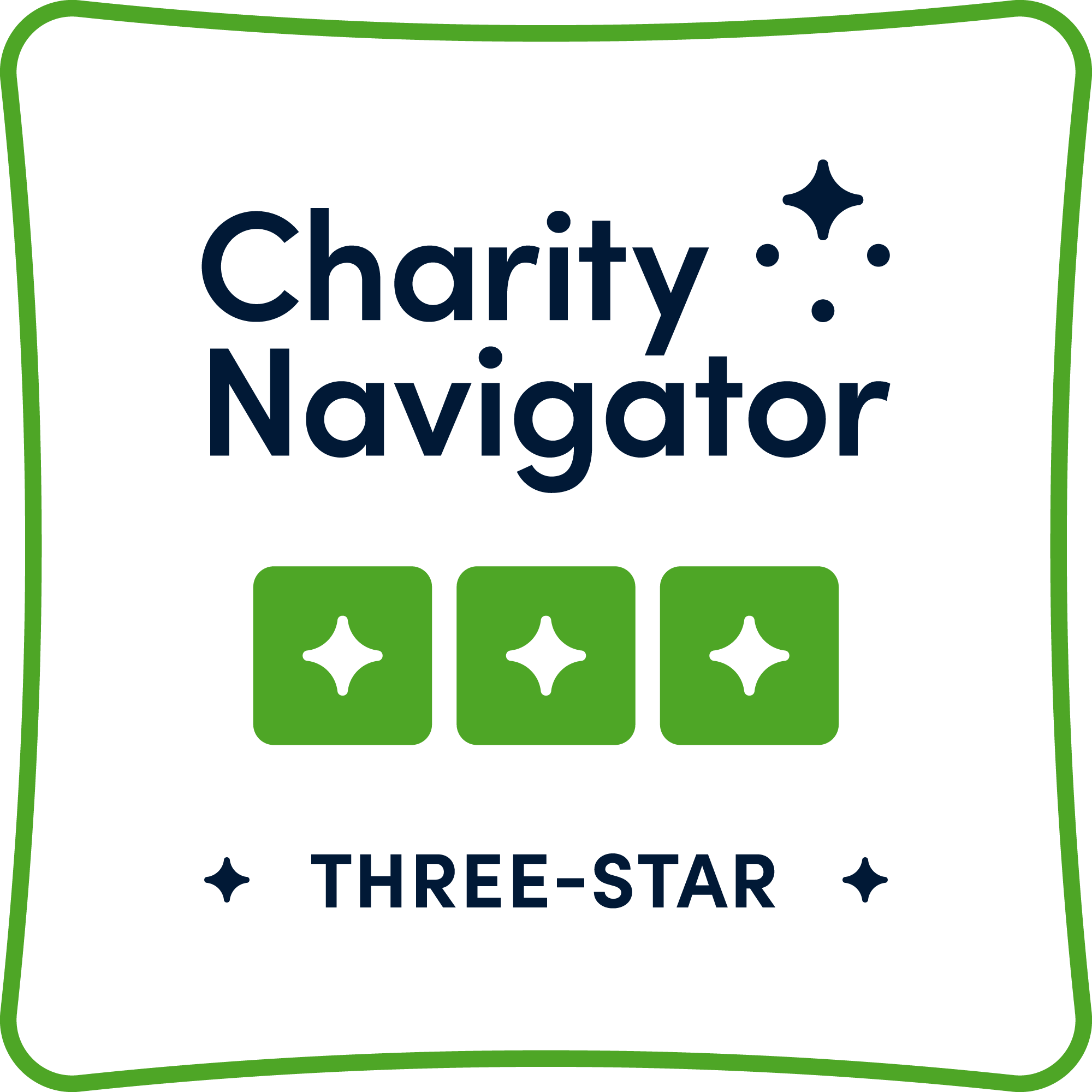Philippines
HI implements emergency and development actions in the Philippines to improve protection, quality of life, and the promotion of rights of people with disabilities and their families.

Destruction in Leyte province following Typhoon Haiyan. | © B. Blondel / HI
Our actions
Humanity & Inclusion has been operating in the Philippines since 1985. The organization’s teams regularly provide emergency response in the wake of cyclones, volcanic eruptions or floods, which regularly strike the country. Following Typhoon Haiyan in 2013, the most violent typhoon ever recorded, HI also launched an emergency response in the provinces of Leyte and Capiz.
HI now sets up and strengthens existing prevention, early detection, referral and response systems relating to developmental delays and the onset of disability in children by training early childhood actors and medical staff and advising parents.
HI also builds the resilience of communities at risk of natural disasters by raising the natural disaster risk awareness of civil society organizations and other organizations. The priority for HI is to enable isolated people, pregnant women, and people with disabilities to prepare for these disasters, extremely frequent in the Philippines, to be able to protect themselves and to ensure they are not forgotten by organizations providing victim assistance in the aftermath of disasters. HI also raises awareness and prepares directly the families most vulnerable to disasters in communities.
Areas of intervention
Latest stories

Tropical Storm Trami: HI to bring assistance to affected communities
Since tropical storm Trami (Kristine) made landfall over the northwestern Philippines, 7,000,000 people are awaiting urgent humanitarian aid, and at least 141 people died.

Undeterred by Disability: 50-Year-Old Philippine Woman Leads Community During Disasters
After joining the LEAD Project, Alma, a 50-year-old woman, proved that living with a disability does not stop her from being proactive during flooding and typhoons. LEAD, ‘Local Empowerment and Advocacy Disability Inclusive Climate Actions Led by Persons with Disabilities,’ is a USAID-funded project that aims to empower people with disabilities and engage them in emergency and disaster preparedness.

Philippines: HI prepares people with disabilities to cope with climate-related disasters
The Philippines is a country that's been severely affected by climate change. People with disabilities are among those hit hardest. HI is at their side.
a life
Background

Located in southeast Asia, the Philippines archipelago is one of the most vulnerable regions on the planet in terms of natural disasters. Earthquakes and volcanic eruptions cause substantial losses and extensive damage.
Typhoons are very frequent and their secondary effects – landslides, flooding and flash floods – are devastating. Typhoon Haiyan hit the country in November 2013 and left 8,000 people dead and 15 million affected in some way by the disaster. During the two decades that preceded Typhoon Haiyan, natural disasters had already killed more than 31,000 persons and affected 98 million people in the Philippines.
In the Philippines, poverty is not just a rural phenomenon. There are major inequalities between different regions and socio-economic groups. The poorest provinces are those of Visayas and Mindanao, but poverty is also very acute in the southern regions of Luzon.
Number of HI staff members: 35
Date the program launched: 1985












